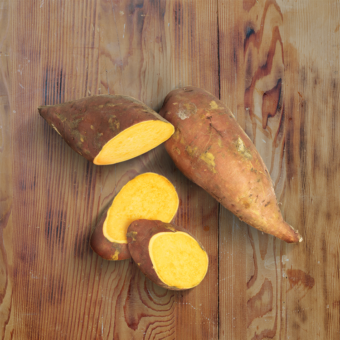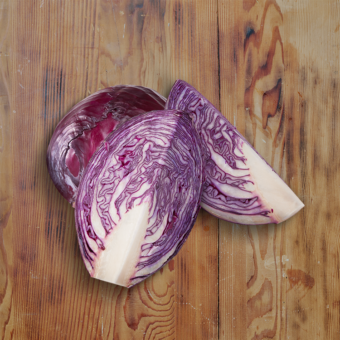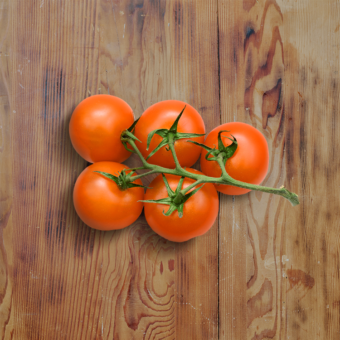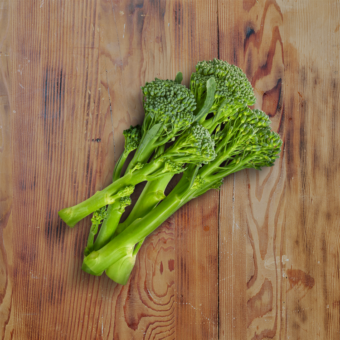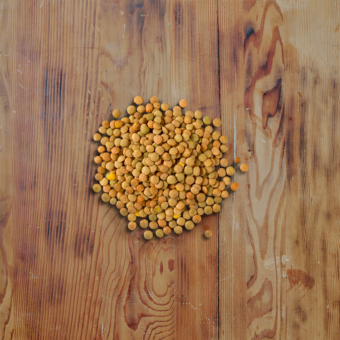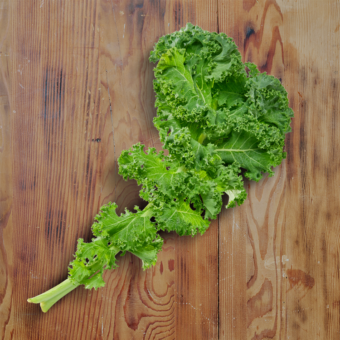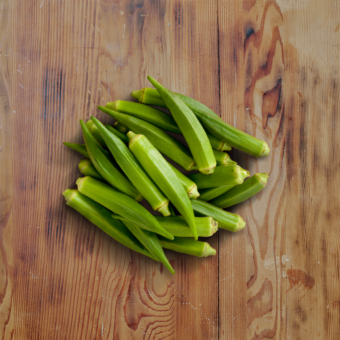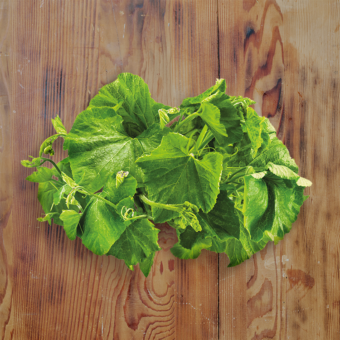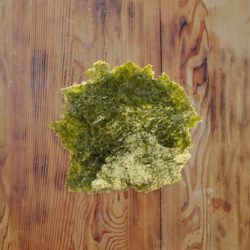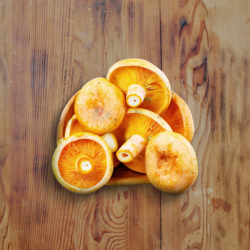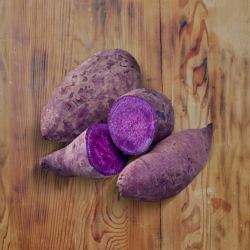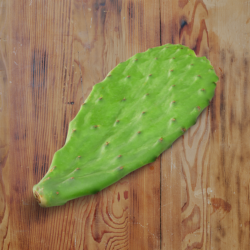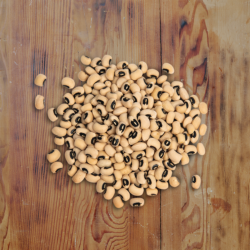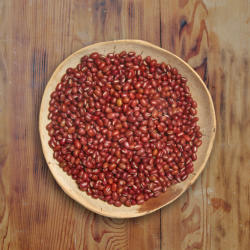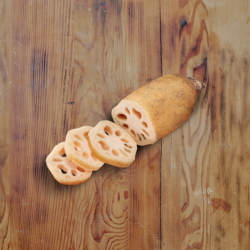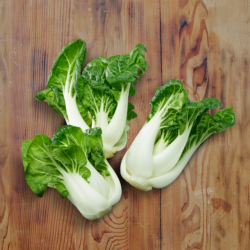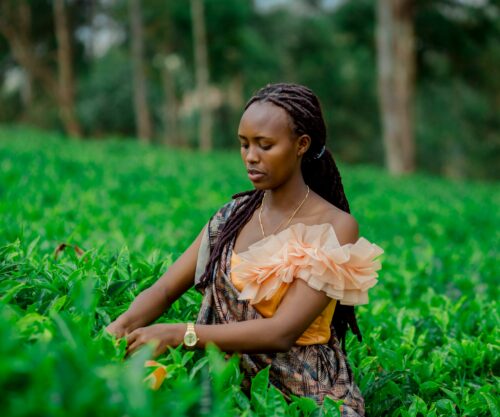
As more and more people are looking for ways to live better, eat better and lead healthier lifestyles, it is becoming increasingly hard to ensure you add a variety of foods to your diet. With increases in VAT and an unstable economy, it is increasingly harder to afford some of the Future 50 Foods which leads to a repetition of meals in many lower-income households.
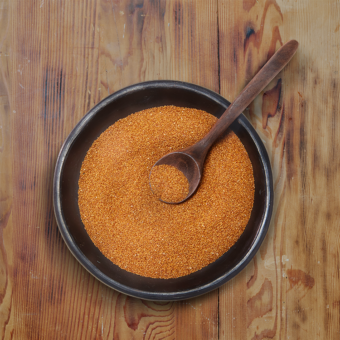
How our food choices are impacting the environment
A Living Planet Report released in 2018 by the World Wide Fund for Nature (WWF), showed that wildlife decreased by 60% globally between 1970 and 2014 due to human consumption. With a rapidly growing population set to increase to 9 billion people globally, we need need to start looking at different types of food which are grown and produced in order to nourish people while ensuring that we promote a more sustainable global food system.
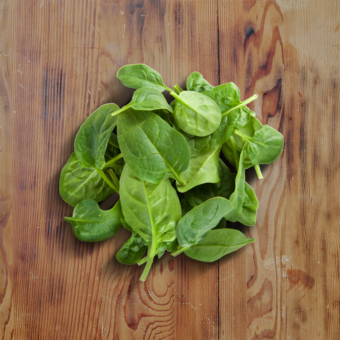
Future 50 Foods you should be adding to your diet
There are between 20 000 and 50 000 discovered edible planets and yet we only consume about 150 to 200 plants regularly. Experts at Knorr and WWF collaborated with nutrition expert Dr Adam Drewnowski of the University of Washington to identify and develop the Future 50 foods list. Knorr and WWF believe that it is everyone’s responsibility to play a part in changing the food we choose to grow, sell, cook and eat.
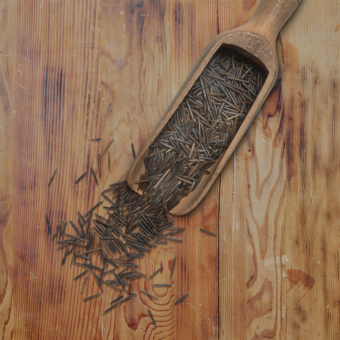
What is the Future 50 foods list?
So what are the Future 50 foods you should be adding to your diet you ask? It is a list, based on the Knorr and WWF report, which combines regular foods which are not only underused but are also familiar, with less globally known foods. The Future 50 foods list looks at nutritional value, relative environmental impact, flavour, acceptability, potential accessibility and affordability.
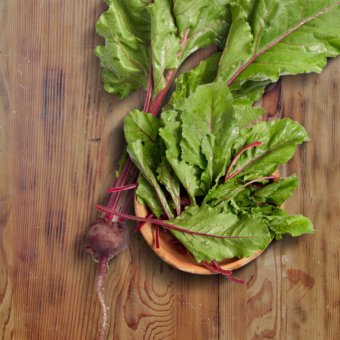
The Future 50 foods offer three key principles for a healthier global population; such as a greater variety and larger amount of vegetables, more plant-based sources of protein in place of meat, poultry, dairy, and fish, as well as offering more in the types of grains, cereals and other sources of carbohydrates.
Familiar foods you’ll find on the Knorr Future 50 foods list
SEE ALSO: Broccoli, Kale, macaroni, and Cheese Recipe
There is a wide range of foods included which are part of South Africa’s food heritage such as spinach, lentils, pumpkin leaves, wild rice, and quinoa just to name a few.
Unfamiliar food you’ll find on the Knorr Future 50 foods list:
SEE ALOS: Mixed Salad Recipe
Adding some or all of the Future 50 foods to your diets and meal plans will not only be sustainable for the environment, but it will also become a cost-effective practice for local farmers and the economy at large. Oh, and did we mention, you’ll be well on your way to achieving your body goals sis!
Read more health

